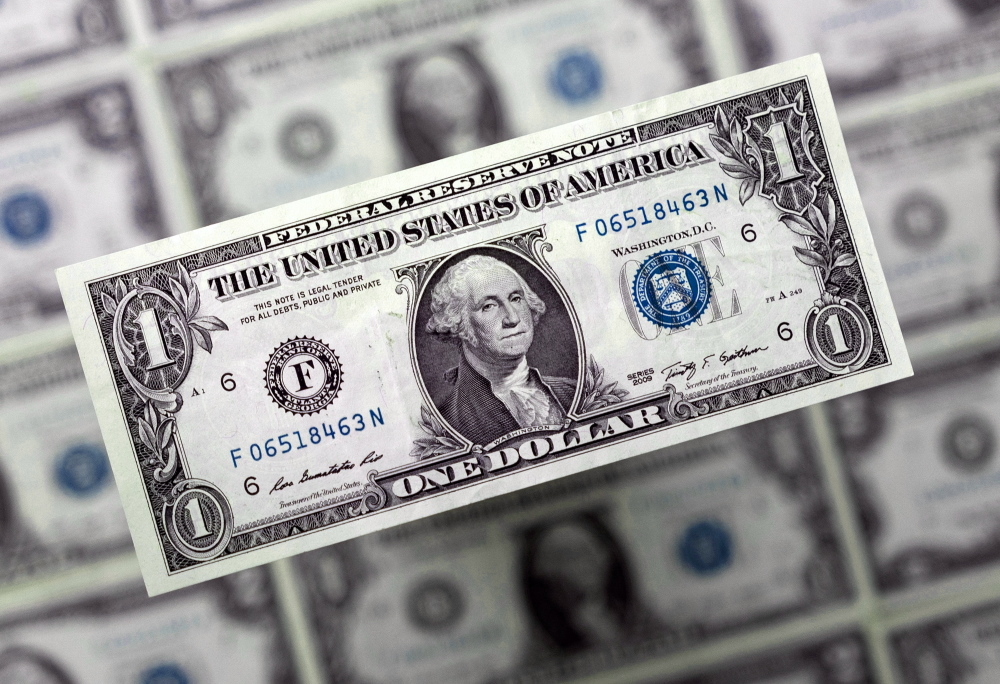Financial turbulence hit Argentina on Tuesday as the US dollar climbed to a record high of 239 per peso on parallel exchange markets.
The so-called ‘blue’ dollar was selling for 242 in some provinces nationwide, according to reports, maintaining its rising trend for the third consecutive day. So far, the unofficial rate has risen by 31 pesos over the past month, with the exchange gap between the official wholesale rate now standing at 89 percent – its highest level for three months.
The official exchange rate advanced 17 cents to 124.88 pesos – it’s up 21.6 percent so far this year. Financial exchange rates also reached record levels as the spot dollar rose 2.9 percent to trade at 253.35 pesos and the MEP or stock market dollar rose 2.6 per cent to 247.57 pesos.
Argentina’s country risk rate, ranked by JP Morgan, reached 2,508 points, its highest level since July 2020.
The rises come in a climate of high financial tension after the Central Bank (BCRA) tightened the exchange restrictions on companies to curb the drain of its reserves. The monetary authority has purchased some US$150 million this week, but its measures at present seem to have no effect.
Central Bank Governor Miguel Angel Pesce said Tuesday that “any speculative movement moves these references” and noted that the rise in the parallel dollar rate “does not necessarily have to do with the measures we took yesterday.”
The official explained that “the official market moves a billion dollars a day and the illegal market operates a few million dollars a day,” he added in statements to Urbana Play.
For some market specialists, however, the rise has to do with a move to restrict large companies’ access to the foreign currency they need to import and forcing them to use their own funds or seek dollars on their own.
They point out that companies that do not have a stock of dollars will go to the marginal market to pay for their imports or will have to slow down their level of production, something that could also complicate the level of activity and tax collection.
The blue dollar rate rose most in Santa Cruz and Tierra del Fuego provinces, where it reached an unprecedented 242 pesos.

